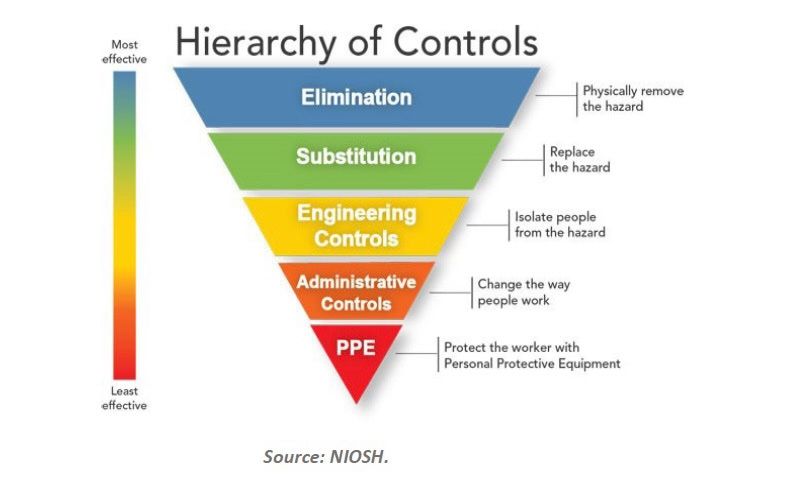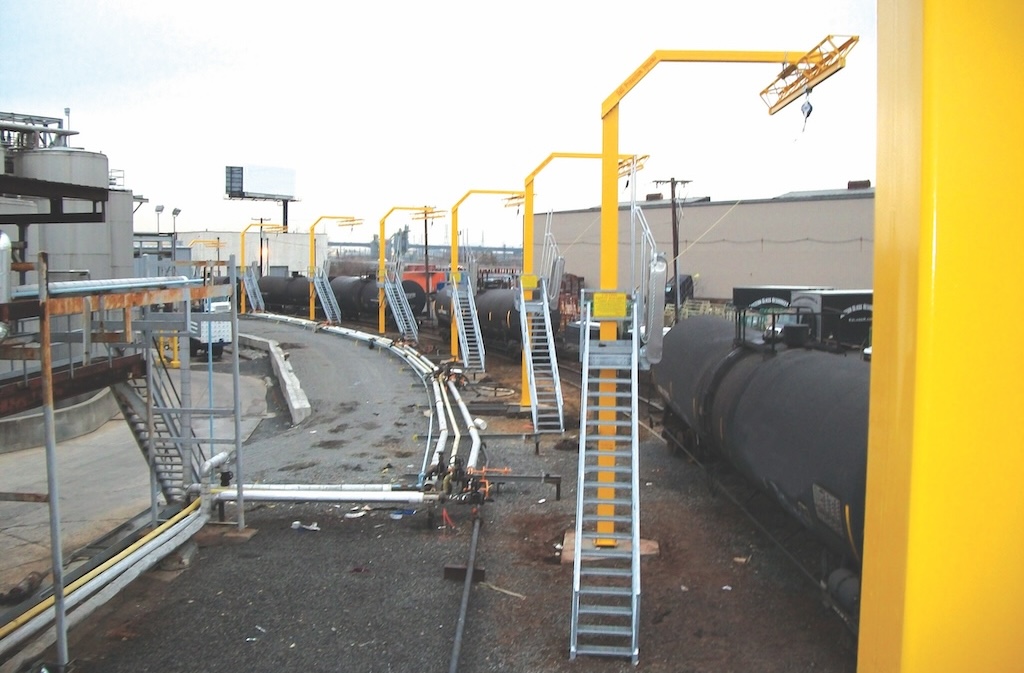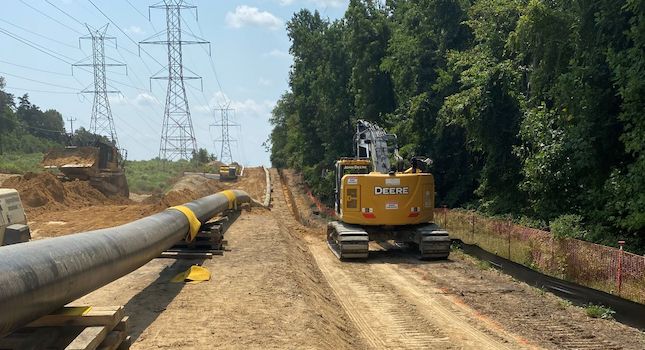Much is being made of maintenance excellence these days. There are seminars on maintenance excellence, awards for maintenance excellence, institutes for maintenance excellence, roundtables for maintenance excellence. All of these are good. But what the heck is "maintenance excellence," anyway? Lowest cost? Lowest downtime? Highest uptime? Zero breakdowns? Highest overall equipment effectivene...
Much is being made of maintenance excellence these days. There are seminars on maintenance excellence, awards for maintenance excellence, institutes for maintenance excellence, roundtables for maintenance excellence. All of these are good.
But what the heck is “maintenance excellence,” anyway? Lowest cost? Lowest downtime? Highest uptime? Zero breakdowns? Highest overall equipment effectiveness? Best schedule compliance? Lowest maintenance-cost-to-estimated-replacement-value ratio? All of the above? None of the above?
Is it definable? Is it measurable? Yes and yes. But chances are, you’ll have to come up with your own definition and set of measures – for a couple of reasons. One, no two plants, two processes, or two systems are exactly alike. And two, it’s a moving target.
To be sure, there are principles and concepts of excellence that are universal. Every plant needs to pursue excellence in the areas of organization, work processes, and materials management. But how that is achieved can be highly creative, even unusual. What qualifies as a “best practice” here may not work well at all there. For example, open storerooms work well in some plants, not in others.
Benchmarking metrics may or may not lead to maintenance excellence. For some equipment on some processes, run to failure is the right amount of maintenance. For some equipment or processes, predictive maintenance is the only path to excellence. Root cause analysis may or may not be justified. They all depend on the circumstances within the plant.
One universal aspect of excellence is that a plant continuously works at finding new and better ways of doing things. It must study itself and others in a constant effort to improve – and then apply what it learns.
Related to that aspect is the fact that the excellence target is always moving. Thirty-five years ago, preventive maintenance was a state-of-the-art concept. Today, it is a foundation for more advanced initiatives. That’s not to say every plant is now up to speed with PM and ready to move on. Surveys show it is still a major challenge in most plants. But even the best PM program is not enough for overall maintenance excellence by today’s standards.
To me, maintenance excellence means supporting the plant’s or company’s business proposition by minimizing maintenance-related costs while maximizing the capacity to produce a product. There’s a balance in there that each plant must find for itself. And today’s balance point may be different tomorrow.



